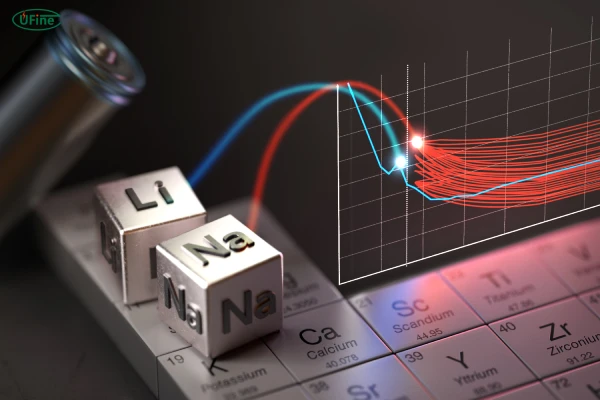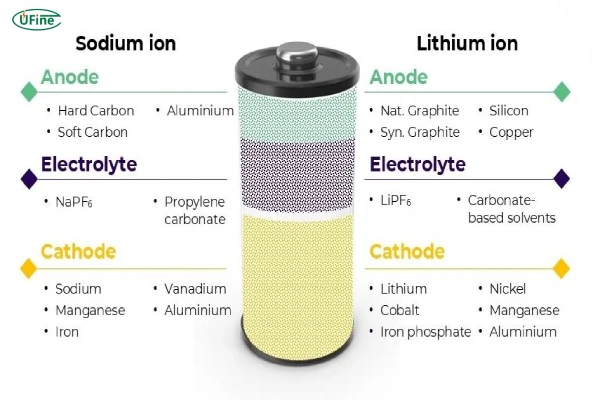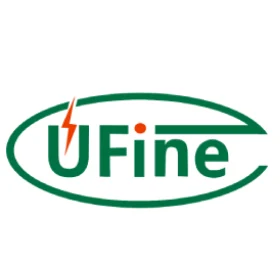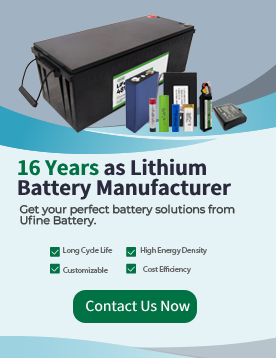Recently, rising prices of key lithium-ion battery (LIB) raw materials have sparked industry concerns. Meanwhile, SIBs are gaining traction across multiple sectors—including electric vehicles (EVs), commercial vehicles, e-bikes, automotive start-stop systems, and energy storage—with their cost-performance ratio steadily improving, now approaching that of lithium iron phosphate (LFP) batteries.
SIBs are transitioning from small-scale demonstrations to mainstream adoption. The competition between SIBs and LIBs is not merely about energy density or cost; it represents a broader struggle over supply chain resilience, application suitability, and energy security.
Part 1. Renewed industry focus on sodium-ion batteries
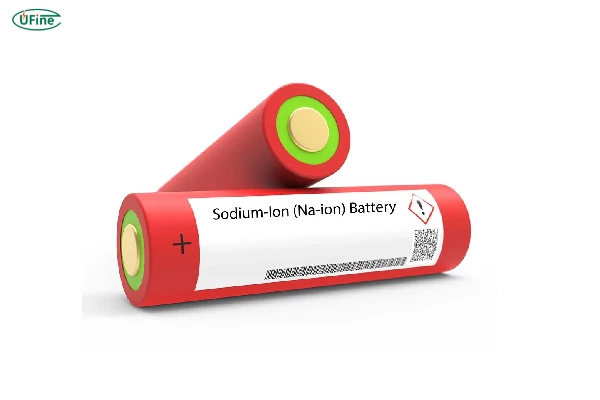
Recent price volatility in upstream materials—whether for nickel-cobalt-manganese (NCM) or LFP batteries—has drawn significant industry attention.
The surge in cobalt sulfate prices stems primarily from the Democratic Republic of Congo (DRC), the world’s largest cobalt supplier, halting cobalt exports for four months starting February 22. Reports of regional instability have further exacerbated market reactions.
Additionally, the DRC is considering long-term policies to extract greater value from cobalt mining and processing while preventing a post-ban supply glut that could destabilize prices. The DRC’s Economic Situation Committee has proposed stricter export restrictions, including collaboration with Indonesia—the second-largest cobalt producer—to better regulate global supply and pricing.
Cobalt supply constraints have also driven up nickel prices, increasing production costs for NCM and lithium cobalt oxide (LCO) batteries.
Meanwhile, demand growth and product iteration have led to diverging LFP material prices, with premium products seeing sharper increases. High-density LFP materials, crucial for boosting energy density, have gained market favor. However, complex processes like “secondary sintering” have raised manufacturing costs, pushing up prices for fourth-generation high-density LFP. Industry sources reveal that major battery manufacturers have already secured large orders, with one leading supplier reportedly “operating at full capacity.”
Sodium’s crustal abundance (2.74%) is 420 times that of lithium (0.0065%), and SIBs require no scarce metals like cobalt or nickel, nor copper foil current collectors.
In summary, prolonged cobalt production cuts could trigger price spikes, highlighting SIBs’ advantage in mitigating supply chain risks. While mid-to-low-end LFP batteries remain cost-competitive, rising demand for high-density variants is tightening material supplies. As manufacturers prioritize premium LFP production, cost advantages are narrowing—creating opportunities for SIBs in mid- and entry-level markets.
A Comprehensive Guide to Sodium-Ion Battery
Part 2. Rapid adoption across multiple applications
Industry observers note that SIBs are achieving commercial breakthroughs in EVs, commercial vehicles, e-bikes, start-stop systems, and energy storage, signaling imminent mass adoption.
-
Passenger EVs: On March 12, Lynk & Co announced its 900 model will feature CATL’s “Xiao Yao” hybrid sodium-lithium battery, offering 400 km (CLTC) range, 4C ultra-fast charging, and operation at -40°C. Its AB battery system intelligently blends SIBs (for low-temperature performance) and LIBs (for energy density).
-
Heavy-Duty Hybrids: A hybrid dump truck from Sany Group, equipped with Sibei Power’s 8 kWh SIB, recently completed road tests, demonstrating SIBs’ potential in commercial vehicles.
-
E-Bikes: Yadea and Huayu Na Battery unveiled the “Ultra-Na” ecosystem, featuring 15-minute fast charging (to 80%), while Oppein launched its first mass-produced SIB-powered e-bike with a 72V20Ah sodium battery from Pangu New Energy.
-
Energy Storage: Hithium’s ∞Cell N162Ah (polyanion-type cathode with hard carbon anode), optimized for wide-temperature/high-rate storage, offers 2.55MWh containerized systems targeting GWh-scale production by Q4 2025. BYD and others have also introduced SIB storage solutions.
Though LIBs still dominate, SIBs—with superior safety, low-temperature performance, and fast-charging capabilities—are rapidly penetrating extreme-temperature and high-power applications. Their industrialization hinges on further cost reductions and efficiency gains.
Part 3. The perfect storm driving SIB adoption
1. Lithium Supply Chain Vulnerabilities Exposed
The lithium-ion battery industry continues to face unprecedented supply chain challenges in 2025. Recent data from Benchmark Mineral Intelligence shows lithium carbonate prices have increased by 28% year-to-date, while cobalt prices remain volatile following export restrictions from the Democratic Republic of Congo (DRC). These developments have exposed critical vulnerabilities in the lithium-ion supply chain:
-
Geographic concentration of raw materials (70% of cobalt from DRC, 60% of lithium processing in China)
-
Geopolitical risks affecting material availability
-
Environmental concerns surrounding mining practices
-
Fluctuating costs impacting battery pricing stability
2. The Sodium Advantage: Abundance and Stability
Sodium-ion technology offers compelling solutions to these challenges. With sodium being the sixth most abundant element on Earth (2.74% of Earth’s crust versus lithium’s 0.0065%), SIBs provide:
-
Inherent supply chain security
-
Reduced geopolitical risk
-
More stable long-term pricing
-
Lower environmental impact in extraction
Recent analysis by Wood Mackenzie suggests that SIB raw material costs could be 30-40% lower than LFP batteries at scale, with potential for further reductions as the supply chain matures.
Sodium Ion vs Lithium Ion: A Comprehensive Battery Comparison
Part 4. Technological breakthroughs enabling commercialization
Cathode Material Innovations
The past 18 months have seen remarkable progress in SIB cathode technologies, with three primary approaches showing commercial promise:
-
Layered Transition Metal Oxides: Offering energy densities approaching 160-180 Wh/kg
-
Prussian Blue Analogs: Demonstrating excellent cycling stability (>5,000 cycles)
-
Polyanionic Compounds: Showing superior thermal stability and rate capability
CATL’s recently announced second-generation Prussian White cathode has achieved energy densities exceeding 190 Wh/kg in lab conditions, narrowing the gap with entry-level LFP batteries.
Anode Developments
Hard carbon remains the anode material of choice, with recent advances including:
-
Biomass-derived carbons achieving 300+ mAh/g capacity
-
Templated carbons demonstrating improved first-cycle efficiency
-
Doped carbons showing enhanced rate capability
Electrolyte and Cell Design Improvements
Novel electrolyte formulations using sodium salts in advanced solvent systems have:
-
Extended operational temperature range (-40°C to 60°C)
-
Improved cycle life
-
Enhanced safety characteristics
Part 5. Commercial applications gaining traction
1. Energy Storage Systems (ESS)
The stationary storage market represents the most immediate opportunity for SIBs:
-
Utility-scale: 4-8 hour duration systems for renewable integration
-
Commercial & Industrial: Peak shaving and demand charge management
-
Residential: Particularly in extreme climates where temperature tolerance is critical
Hithium’s ∞Cell N162Ah, specifically designed for ESS applications, has demonstrated:
-
95% round-trip efficiency
-
4,000+ cycles at 80% depth of discharge
-
Capability for 2C continuous discharge
2. Transportation Applications
Beyond the previously mentioned automotive applications, SIBs are making inroads in:
-
Urban Delivery Vehicles: Where daily cycling and cost sensitivity align well with SIB characteristics
-
Marine Applications: Particularly for inland waterway vessels
-
Aviation Ground Support Equipment: Leveraging the wide temperature performance
3. Emerging Niche Applications
Several specialized markets are adopting SIB technology:
-
Telecom backup power
-
Data center UPS systems
-
Industrial motive power (forklifts, AGVs)
Part 6. The competitive landscape
Major Players and Alliances
The SIB industry is seeing rapid evolution in its competitive dynamics:
-
CATL: Leading in automotive applications with its AB battery system
-
BYD: Focusing on energy storage solutions
-
Startups: Several well-funded ventures specializing in specific chemistries or applications
Regional Development Strategies
Different regions are pursuing distinct SIB development paths:
-
China: Comprehensive ecosystem approach from materials to end products
-
Europe: Strong focus on sustainability and circular economy principles
-
North America: Emphasis on supply chain security and domestic manufacturing
Part 7. Challenges and roadblocks
Despite the progress, several hurdles remain:
-
Manufacturing Scale-up: Transitioning from pilot to gigawatt-scale production
-
Standardization: Developing industry-wide specifications and testing protocols
-
Recycling Infrastructure: Building end-of-life management systems
-
Customer Education: Overcoming lingering perceptions about performance limitations
Part 8. Future outlook and market projections
1. Short-Term (2025-2027)
Industry forecasts suggest:
-
Global SIB production capacity reaching 50 GWh by 2026
-
Cost parity with LFP in selected applications
-
Establishment of initial recycling streams
2. Medium-Term (2028-2030)
Projections indicate:
-
Mainstream adoption in energy storage
-
Significant penetration in light electric vehicles
-
Development of third-generation SIB chemistries
3. Long-Term (2030+)
Potential scenarios include:
-
SIBs capturing 25-35% of the stationary storage market
-
Hybrid sodium-lithium systems becoming common in EVs
-
Potential for seawater-based sodium extraction
Industry estimates suggest SIB cell costs could drop to ¥0.20/Wh (~$0.028/Wh) within 2–3 years as supply chains mature.
Experts agree: No single battery chemistry will dominate all applications in the next five years. SIBs hold substantial promise amid material volatility and diverse use cases.
Part 9. Market outlook: A $100+ billion opportunity
China has designated SIBs as a key energy storage technology. With global decarbonization pressures, analysts project SIBs could form a $100+ billion market by 2030, capturing 30–40% of the LFP market and reaching hundreds of GWh in annual deployments by 2035.
As supply chains mature and costs decline, 2025 could see SIB demand double year-over-year, cementing their role in a diversified energy storage landscape.
Related Tags:
More Articles

2024 Battery Shipments: 1.3TWh, Top 10 Ranked Battery Manufacturers
CATL leads with 491GWh as China dominates 2024's 1.3TWh global battery shipments. See rankings, growth trends, and key players in power & energy storage.
7.4V vs. 11.1V LiPo Batteries for Airsoft: Which One Should You Choose?
7.4V vs 11.1V LiPo airsoft batteries Which one offers better performance safety and reliability Find out the best choice for your setup
Airsoft Battery Types Explained: NiMH vs. LiPo vs. Li-Ion
Choosing the right airsoft battery NiMH LiPo or Li Ion affects performance rate of fire and longevity This guide helps you pick the best one
Lithium vs. NiMH D Size Rechargeable Batteries: Which One Should You Choose?
Lithium vs. NiMH D-size rechargeable batteries: Compare lifespan, safety, efficiency, and cost to choose the best option for your device.
Battery for Car Audio Systems: A Comprehensive Guide to Lithium Solutions
A car audio battery provides steady power for amplifiers and subs. This guide compares lithium vs. traditional options and top brands.
